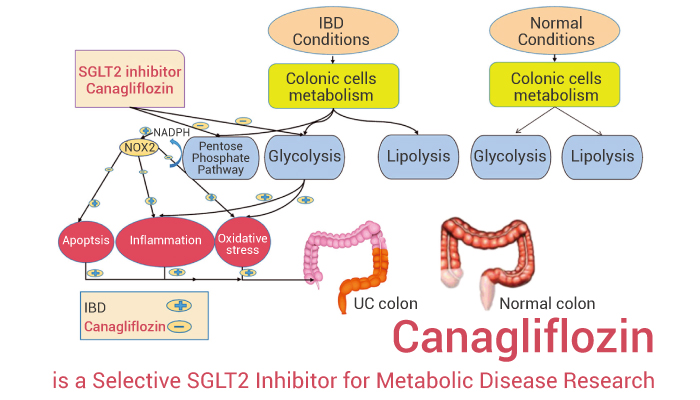In healthy individuals, nearly all the glucose filtered at the glomerulus is reabsorbed, and no glucose is found in the urine. However, when glucose in plasma exceeds a threshold level, urinary glucose excretion increases linearly with increasing plasma glucose concentration. Glucose transport across epithelial cells occurs via active transport. What’s more, glucose absorption is achieved by SGLTs, a family of membrane proteins sharing a similar core structure that are involved in the transport of glucose, amino acids, vitamins, osmolytes and some ions.
SGLTs (Sodium-dependent glucose cotransporters) are a family of glucose transporters and contribute to glucose reabsorption. The two most well-known members of SGLT family are SGLT1 and SGLT2, which are members of the SLC5A gene family. What’s more, the two transporters are of primary importance for glucose homeostasis by absorbing glucose from the diet in the small intestine (via SGLT1) and by reabsorbing the filtered glucose in the tubular system of the kidney (primarily SGLT2; to smaller extent via SGLT1); the latter process returns glucose into the blood stream and prevents urinary glucose loss. However, SGLT1 has a low capacity for glucose transport and exist in the intestine, trachea, testis, prostate, heart, skeletal muscle, hippocampus and other parts of the brain, and kidney. A second SGLT isoform (SGLT2) is present in the kidney, located almost exclusively in the epithelium of segment 1 of the proximal convoluted tubule, and has a high transport capacity but a low affinity for glucose. SGLT2 is responsible for the reabsorption of the glucose.

Canagliflozin (JNJ 28431754) is a potent, selective and orally active SGLT2 inhibitor
Canagliflozin is an anti-diabetic agent that can improve blood sugar control. In vitro, Canagliflozin inhibits Na+-dependent 14C-AMG uptake in CHO-hSGLT2 cells. In DIO mice, Canagliflozin reduces blood glucose levels, respiratory exchange ratio, and body weight gain. Besides, Canagliflozin increases urinary glucose excretion with no significant change in total food intake compared with that in vehicle-treated rats, leading to a decrease in body weight In ZF rats. Therefore, Canagliflozin is effective in type 2 diabetes. Evidence shows that apart from positive effects on glycemic levels, Canagliflozin also reduces the risk of heart attacks and heart failures.
References:
[1] Cowie MR, et, al. Nat Rev Cardiol. 2020 Dec;17(12):761-772.
[2] Liang Y, et, al. PLoS One. 2012;7(2):e30555.